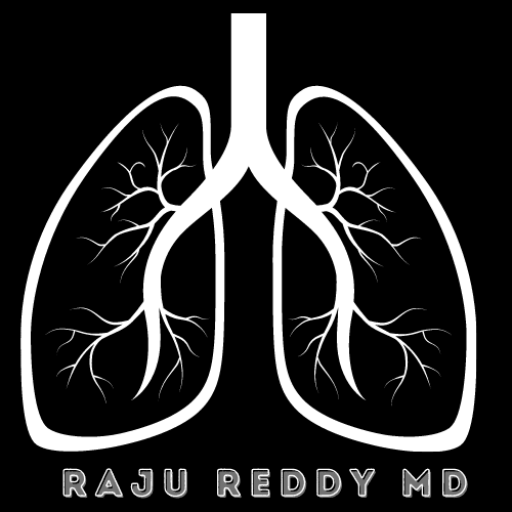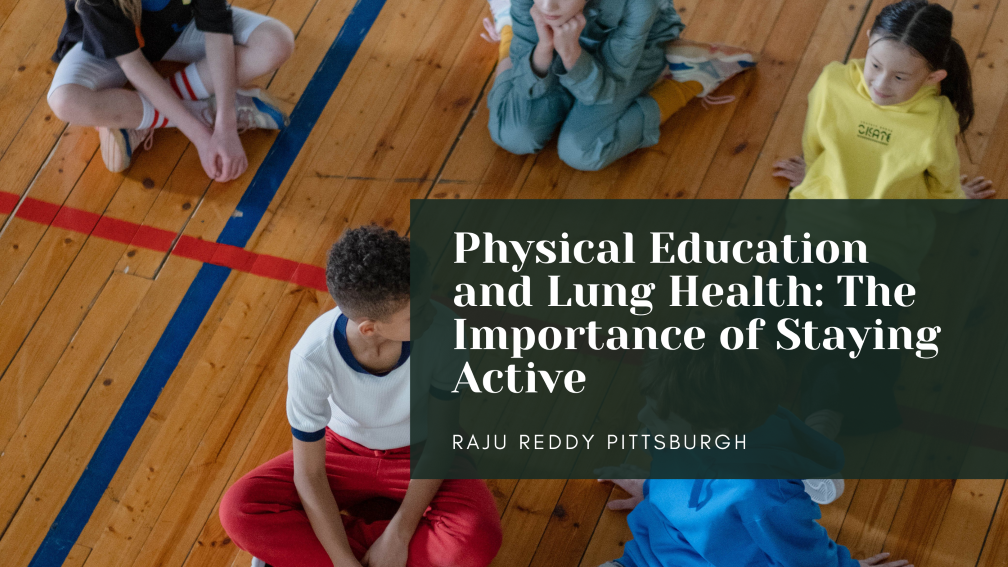Physical education plays a pivotal role in shaping overall health, and its impact extends beyond physical fitness to encompass respiratory well-being. Let’s explore the importance of physical education in promoting lung health, shedding light on the symbiotic relationship between staying active and maintaining robust respiratory function. Credible sources support the information presented to underscore the significance of regular physical activity for lung health.
The Benefits of Physical Activity for Lung Health:
- Enhanced Lung Capacity:
Regular physical activity improves lung capacity, especially aerobic exercises like running, swimming, or cycling. These activities challenge the respiratory system, leading to increased efficiency and a more remarkable ability to take in and utilize oxygen.
- Improved Respiratory Muscle Strength:
Physical education that includes strength training and exercises targeting the respiratory muscles enhances their strength and endurance. This, in turn, contributes to improved breathing and respiratory function.
Active Lifestyles and Respiratory Well-Being:
- Reduced Risk of Respiratory Conditions:
Regular physical activity reduces the chance of developing respiratory conditions. It contributes to overall lung health and reduces the likelihood of respiratory issues.
- Effective Management of Respiratory Conditions:
For individuals with existing respiratory conditions, physical activity, when tailored to their capabilities, can be a crucial component of management. It helps maintain functional capacity and improves quality of life.
Strategies for Promoting Lung Health in Physical Education:
- Incorporating Aerobic Exercises:
Physical education programs should prioritize activities that elevate heart rate and respiratory effort, such as running, dancing, or playing sports. These aerobic exercises contribute to improved cardiovascular and respiratory health.
- Including Breathing Exercises:
Integrating specific breathing exercises into physical education sessions can enhance lung health. Techniques like diaphragmatic breathing or pursed-lip breathing can be incorporated to promote mindful breathing and respiratory muscle engagement.
Fostering Lifelong Habits through Education:
- Teaching the Connection between Activity and Lung Health:
Educators should emphasize the correlation between physical activity and lung health. Helping students understand how exercise positively impacts their respiratory system creates awareness and encourages the adoption of active lifestyles.
- Encouraging Daily Physical Activity:
Beyond scheduled physical education classes, schools can foster a culture of daily physical activity. Encouraging students to incorporate movement into their daily routines reinforces the importance of staying active for overall health, including lung function.
Conclusion:
Physical education is a cornerstone of holistic health, and it profoundly impacts lung health. By incorporating various exercises that challenge the respiratory system and fostering a culture of daily physical activity, educators can contribute significantly to developing strong and healthy lungs in students. The link between staying active and maintaining robust respiratory function underscores the enduring importance of physical education in shaping lifelong habits for a breath-filled, healthy future.


